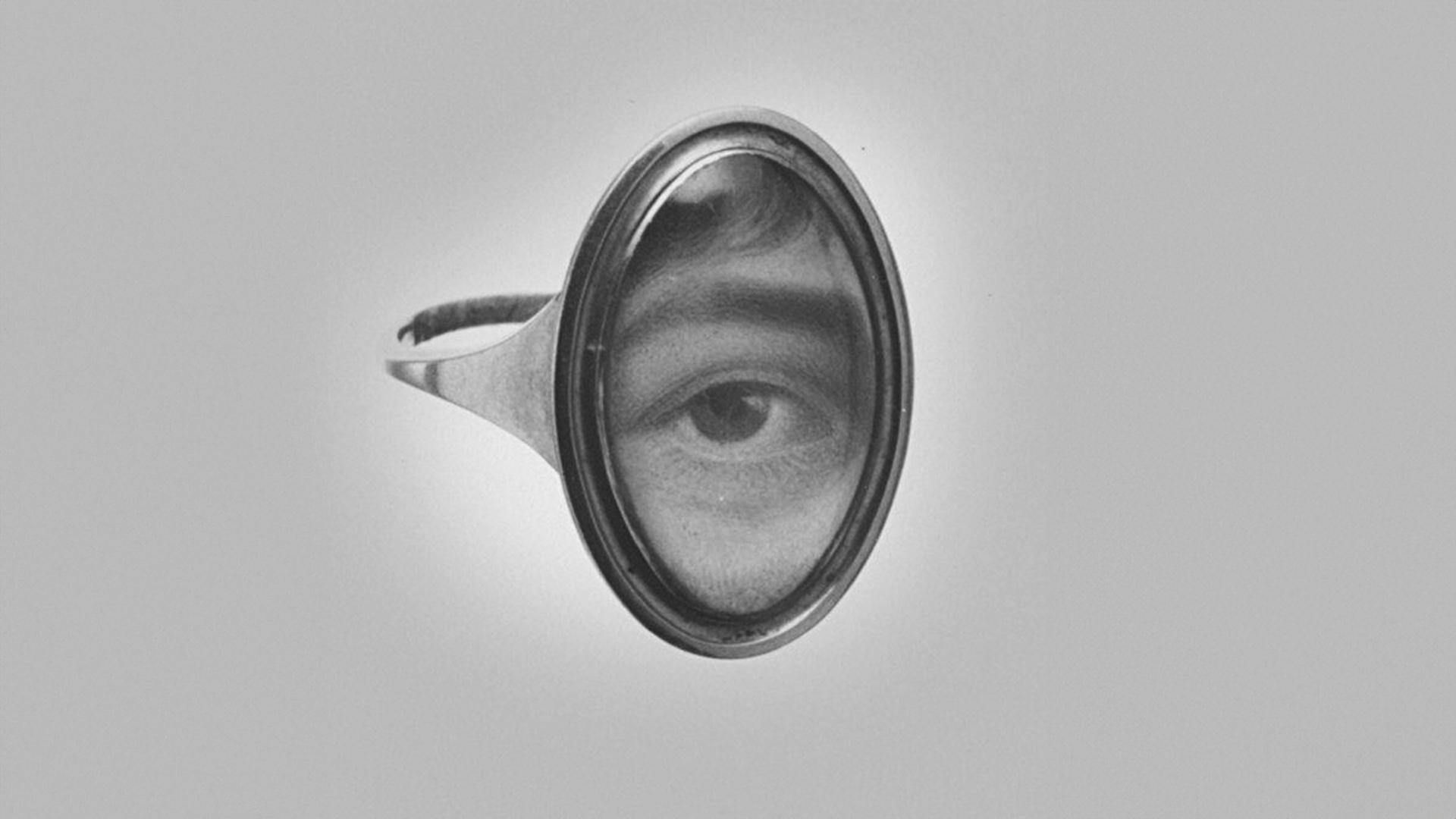Allan Kaprow - Happenings, 1960s

“The situations for a happening should come from what you see in the real world, from real places and people rather than from the head.” - Allan Kaprow Three rooms. In one, a woman squeezes the juice from oranges and then drinks the fruits of her labor. An artist paints on a canvas. A musician plays their instrument. And an audience all the while looks on.
What was happening were the Happenings – performance art before it was labeled performance art. Allan Kaprow himself tended to avoid labels at his events in the 1960s, as he was more interested in the exploration of what happens in between the gap of art and life. The invitations to his events would state, “The present event is created in a medium in which Mr. Kaprow finds refreshing to leave untitled.” He combined elements of dance, theater, music, poetry, and visual art in scenes which unfolded in galleries and spaces in New York City. The combined effort blurred the lines between art and life–that gap he was so interested to explore–and helped establish new methods of artistic expression.
He was known for pursuing lowbrow subject matter–the everyday, the commercial, the industrial. Something as mundane as someone brushing their teeth. But he wanted to “unart” art, or at least shed a spotlight on the relationship between art and the artist and everyday life. His desire to open this door between art and the audience and everyday life directly paved the way for what became modern performance art, in addition to what became pop art, conceptual art, and minimalism.
What was happening were the Happenings – performance art before it was labeled performance art. Allan Kaprow himself tended to avoid labels at his events in the 1960s, as he was more interested in the exploration of what happens in between the gap of art and life. The invitations to his events would state, “The present event is created in a medium in which Mr. Kaprow finds refreshing to leave untitled.” He combined elements of dance, theater, music, poetry, and visual art in scenes which unfolded in galleries and spaces in New York City. The combined effort blurred the lines between art and life–that gap he was so interested to explore–and helped establish new methods of artistic expression.
He was known for pursuing lowbrow subject matter–the everyday, the commercial, the industrial. Something as mundane as someone brushing their teeth. But he wanted to “unart” art, or at least shed a spotlight on the relationship between art and the artist and everyday life. His desire to open this door between art and the audience and everyday life directly paved the way for what became modern performance art, in addition to what became pop art, conceptual art, and minimalism.
Join the Club
Follow the organizations you care about, track and bookmark events as they're announced—discover your next enriching experience on Ode.
